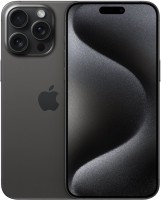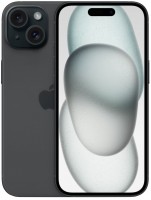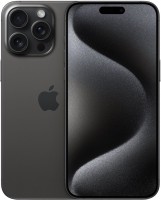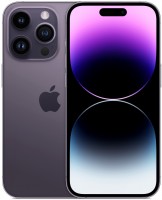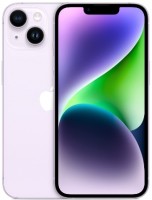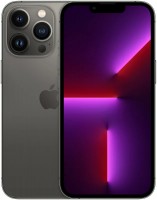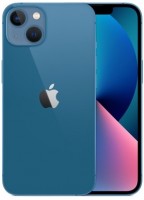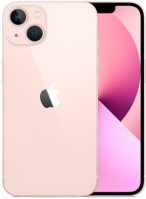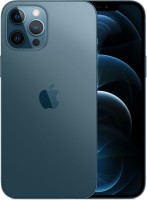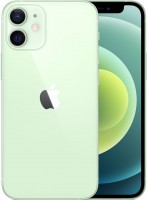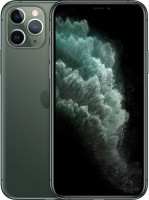Mobile Phones Apple series iPhone 12
iPhone 12
In terms of design, price, and positioning, the iPhone 12 is a purebred successor to the best-selling iPhone 11, which received a hardware update and a slightly redesigned face and updated hardware. The case is made of glass, aluminium side frames, a recognizable screen cutout and a "square" main camera, which has become a reason for hatred in last year's models. The shape of the case has changed a bit, the flat side faces are reminiscent of the old iPhone 4 and the latest iPad Pro models at the same time. Compared to the 11th generation, it is 11% thinner, 15% smaller and 16% lighter.
From the point of view of an ordinary buyer, this is a classic flagship with optimal dimensions, display diagonal, power, battery life and functional features. The engine of the iPhone 12 was the promising flagship Apple A14 Bionic processor, which is produced using a 5-nm process technology, has six processing cores, four graphics and a separate neuroblock. The same chip is in the older models of the iPhone 12 Pro and iPhone 12 Pro Maximum The main innovations of the series - support for 5G and MagSafe charging - are also in place.
 |
The iPhone 12 has a 6.1-inch Super Retina XDR display with a resolution of 2532 × 1170 pixels, which is actually twice the resolution of the iPhone 11 display. Support for Dolby Vision content is also announced. The dual camera setup hasn't changed much since the iPhone 11: a 12-megapixel f/1.6 wide-angle sensor is backed by a secondary 12-megapixel f/2.4 (120-degree) ultra-wide-angle sensor, and both camera modules, along with a flash, are located inside a not-so-ugly square.
Additional reasons to buy an iPhone 12 include Dolby Atmos-enabled speakers, Wi-Fi 6, and a ruggedized case that can withstand submersion up to 6 metres for half an hour, a built-in 5G receiver, and scattered magnets for attaching to MagSafe wireless charging.

